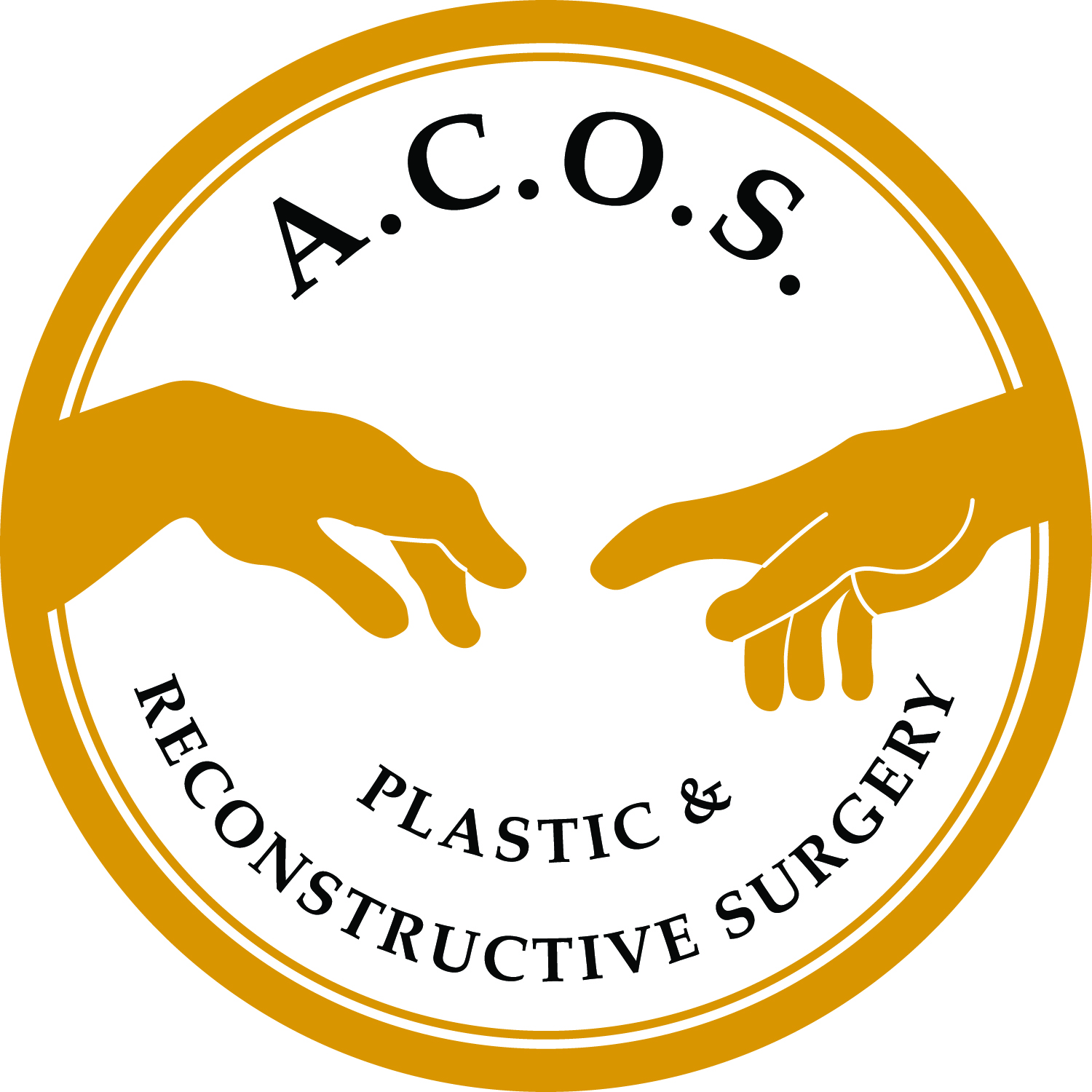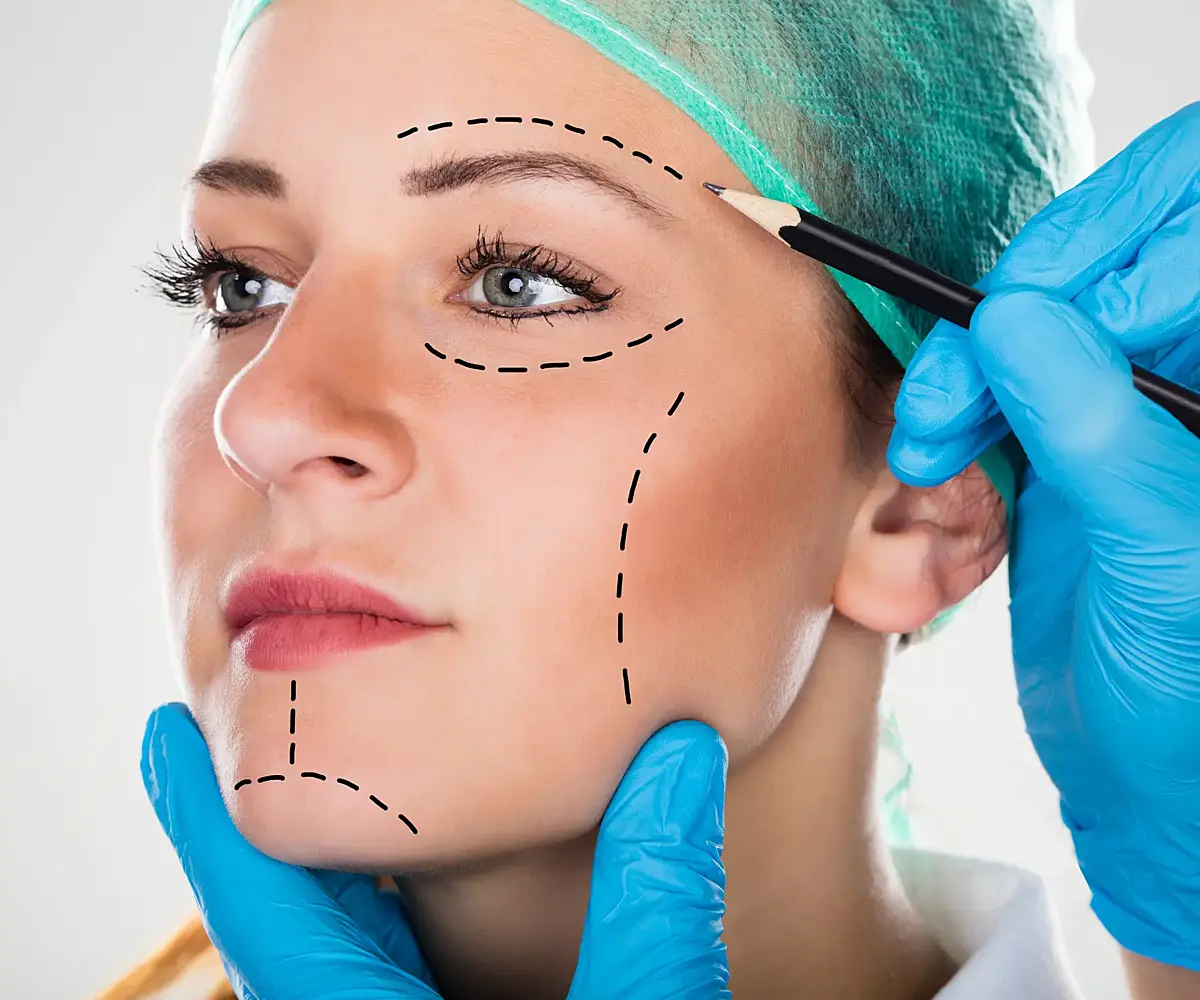
ACOS Plastic and Reconstructive Surgery

The training, education and practice of plastic and reconstructive surgery encompasses the following broad categories:
- Congenital anomalies of the head and neck, trunk and extremities.
- Traumatic surgery of the head and neck, trunk and extremities.
- Burns.
- Facial Fractures.
- Reconstructive surgery of the face, trunk, extremities, breasts and genitalia.
- Cosmetic surgery of the face, trunk, extremities including suction lipectomy and body contouring.
- Hand surgery including traumatic amputations, fractures, lacerations and acquired anomalies of the hand and upper extremity.
- Benign and malignant skin tumors, head and neck tumors and their associated reconstructive surgery.
- Laser surgery.
- Microsurgery including replantation and free tissue transfers.
- Skin grafts, flaps and muscle and musculocutaneous flaps.
The purpose and objectives of the Plastic and Reconstructive Surgery Discipline within the American College of Osteopathic Surgeons are:
- To preserve the overall objectives, ideals and functions of the American College of Osteopathic Surgeons.
- To maintain and promote the highest moral and ethical standards in the practice of plastic and reconstructive surgery.
- To further the educational activities and maintain quality in plastic and reconstructive surgery.
a) To encourage and promote opportunities for training in plastic and reconstructive surgery for osteopathic physicians interested in this specialty.
b) To make recommendations to the Residency Evaluation and Standards Committee of the American College of Osteopathic Surgeons regarding the formulation and conduct of training programs in plastic and reconstructive surgery.
c) To assist the Residency Evaluation and Standards Committee of the American College of Osteopathic Surgeons in the periodic evaluation of training programs in plastic and reconstructive surgery both within and outside the osteopathic profession.
d) To encourage research projects in the field of plastic and reconstructive surgery.
e) To stimulate interest in hospitals for the creation and development of divisions of plastic and reconstructive surgery.
f) To plan and provide a plastic and reconstructive surgery program for the Annual Clinical Assembly of Osteopathic Surgeons.
g) To recommend speakers for plastic and reconstructive surgery topics to the Program Chairs of the American College of Osteopathic Surgeons for the general sessions of the Annual Clinical Assembly of Osteopathic Surgeons.

